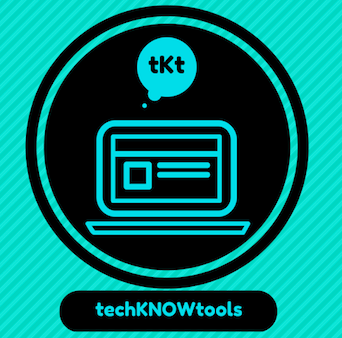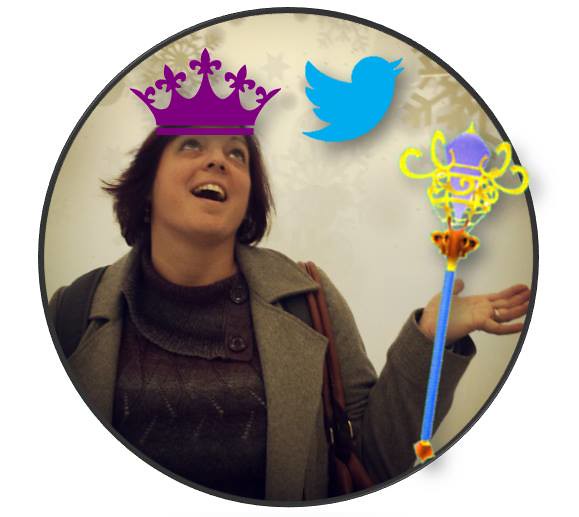In the field of learning and performance, there are a number of ways to train and develop employees. A number of professional organizations and educational institutions are interested in supporting online learning communities to enhance learning and development for “the workforce of tomorrow.” This often results in going to where the communities are already active online, i.e. social media. A number of social spaces, including blogs, videos, microblogs, and photo sharing websites, have been repurposed for training and development by the community. One of the largest areas for professional development has been on Twitter with users aggregating around a hashtag to form a community. In higher education, a number of Twitter-based communities of practice are emerging as the “combination of improved facility and user flexibility has created an environment in which networks and communities, albeit of a restricted kind, can flourish (Lewis & Rush, 2013).
It is no wonder why we see The #SAChat January Twitter Challenge #SAchallenge appear with the start of the new year. Although I’ve been loosely off the social grid for the holidays, I tuned back in to find January #SAChallenge prompts posted to get connected and involved on Twitter:
During the month of January, we will be tweeting out various challenges and ideas of ways you can engage on Twitter – starting with basic how-tos and moving towards looking at different ways to engage through the medium. Each weekday will bring at least one “challenge” – something you can do to either learn more about using Twitter or to refresh yourself and make you think about using it differently, especially within the #SAChat community. We’ll be posting the challenges here if you miss one and want to catch up.
I applaud the @The_ SA_Blog community managers for facilitating the #sachallenge. To best support learning and development, The SA Collective L-Team are actively supporting their online subscribers and cultivating the #SAchat hashtag, by utilizing these key community management skills:
- Listen. It might be a great space to broadcast and disseminate content – but that’s not how you hold a conversation. What do people what to talk about, not just receive? What is the online community engaged in? What are the conversations about online? Take a minute to read and learn from others online.
- Participate. You need to be a community member, too. Try to join conversations as a peer contributor, not a facilitator. Contribute useful ideas, articles, research, and more. Your online community will want you to be actively sharing online like others in their learning community.
- Include. Let others help find and create content, guide conversation, start new discussions. It’s a change for many of us in the field who what to “lead” the professional development experience but will pay off in a more vibrant, sustainable community. Encourage members of the community to be the active voice.
I think Twitter is a key component of my own learning and development, and I often encourage others (i.e. students, professionals, faculty, etc) to set up their own Twitter handle [HOW TO: Set Up a Twitter Account], and/or follow along with the community hashtag. I am also more than happy to connect and chat with those of you who reach out to me on Twitter (a.k.a. @laurapasquini), or by any other means if you want to to talk about Twitter or professional development. Although the #SAchat hashtag focusses on the Student Affairs arena there are a number of other higher education and discipline-based Twitter communities to follow.
Photo mashup credit goes out to @hglez9
That being said, I also caution using Twitter as the only means for learning and development. As an avid Twitter user, who has learned a great deal from tweeting over the past few years, I have a healthy skepticism that Twitter is the “best” platform for delivering professional development. Apparently, I am not alone. Audrey Watters recently asked this question in her blog post “Is Twitter the Best Option for Online Professional Development?” and identified both its benefits and challenges. Twitter has created opportunities for conversation, research, collaboration, and support; however I have also witnessed spam bots, self-promoting followers, bullying, disciplinary implications in academia, and other not-so-nice things. I was reminded by Audrey that “there is a fragility to our ability to connect and share online. Some of that fragility comes when we opt to rely on for-profit companies to run the infrastructure. We do not own the conversations on Twitter. We have limited control over our data and the content we create and share there.” That is not to say you should not participate and engage – but don’t let Twitter be the ONLY only means for your PD.
In my opinion, I think Twitter can augment, not replace, learning and development. Let Twitter be one part of your professional development plan for 2015, and then ask yourself what do you want to learn? Think about what goals you are setting for yourself first, and then consider the spaces you want to engage in this year. Always put your PD goals ahead of the platform, and then go searching for where you want to engage this year. You might also consider searching out training and development opportunities at your institution, at your professional associations, with trade/professional journals, by reading new literature & books, through research projects, signing up for a course/seminar/webinar, by conducting an informational interview, by reaching out to others in your network, and always by discussing your goals with mentors and peers from the field. Perhaps you might even take the time to reflect on these training experiences when you return to/start some “bloggery” (Thanks for the term, Bryan) to process your learning and development. Good luck with your PD goals for 2015! Let me know if or how I can help.
References:
Lewis, B., & Rush, D. (2013). Experience of developing Twitter-based communities of practice in higher education. Research in Learning Technology, 21. Retrieved from http://www.researchinlearningtechnology.net/index.php/rlt/article/view/18598 doi: http://dx.doi.org/10.3402/rlt.v21i0.18598.
Watters, A. (2014, December 17). Is Twitter the best option for online professional development? Hack Education. Retrieved from http://hackeducation.com/2014/12/17/twitter-professional-development/.



woooohooooo!! Thanks for this post 🙂 Kristen had a great idea 🙂
LikeLike
I love it! Kudos to Kristen & all the #SAchat L-team for the support. Get ready for the tweets & connections in January, Twitter!
LikeLike